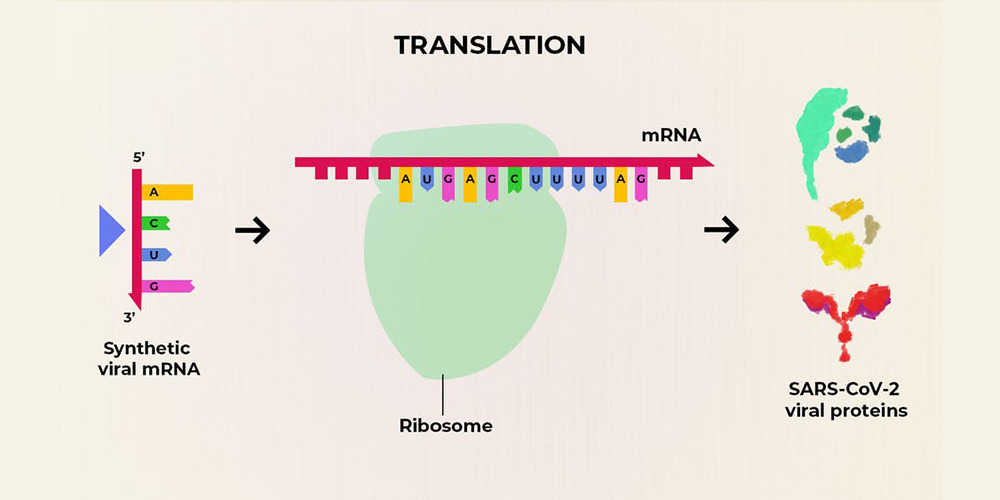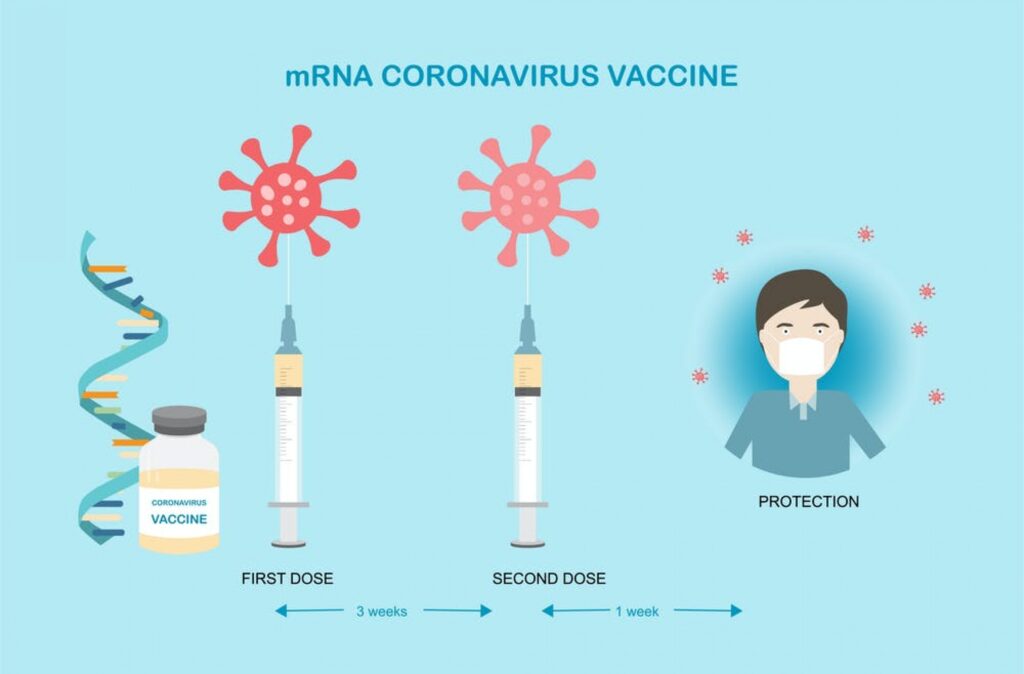With the end of the year 2020 being a few weeks away, the thought amongst the people all over the world is whether the year 2021 will be free of COVID 19 (to see key vaccine stats; click here), also known as Wuhan virus, as Wuhan certainly happens to be the only source of virus spread. In the initial months of 2020, people thought of coronavirus as a localized affair in China but later on, it proved to be a worldwide pandemic. As this disease continues to create a series of downfalls in various aspects of human life in all parts of the world, vaccine development and its administration have become one of the most awaited events among others.
After a remarkably accelerated expansion period, two experimental COVID-19 (coronavirus) vaccines are almost set for primetime. Both deploy a technology called messenger RNA (mRNA), which has been investigated and analyzed with for decades in different forms but has never been used in a commercial vaccine. Pfizer and Moderna, the companies behind the two most hopeful mRNA vaccines, are building on years of research, and already have records of building some complex and cutting-edge therapies for other health conditions.

Invention of vaccine has created a positive sentiment.
The plot of the birth of the first vaccine
It was in the 1760s when smallpox killed nearly 400,000 Europeans every year, a strange rumour spread: People working in dairy never seemed to contract smallpox. This reached a surgeon’s assistant named Edward Jenner, he noticed that dairy workers had already been exposed to a similar disease-causing virus called cowpox. Jenner began to inoculate children with the cowpox virus, and ultimately, the worlds first vaccine was born
The postulate behind Jenner’s method— using a more decrepit version of a virus to create resistance to the more deadly version — is still used in some vaccines. But today there are many other methods for vaccine production, and these are being used to create new Covid-19 vaccines in record time.
So what is mRNA? Can this experimental technology actually be the secret weapon that saves the world from the coronavirus?
mRNA in Vaccines and Body Cells
mRNA does what its name indicates: pass genetic information to parts of our body, mostly to overwrite or erase the genetic information that’s already there and our body already deploys mechanisms that make and uses mRNA. It is one of three types of ribonucleic acid (RNA) that all work together to render pure genetic deoxyribonucleic acid (DNA) information into proteins in our bodies.

Credit: ASBMB
Consider the following analogy to clearly understand the mechanics involved :
Assume DNA is read only file on a computer and you insert a CD ROM to install MS Word 2000 in Windows XP PC in 2001. When the disk runs, required files are copied in the computer and original ones are untouched. Similarly, when a Google Drive file is shared, we need to copy it before updating. This is what RNA does, it “transcribes” DNA’s information into the initial steps of expressing those genes in our bodies.
Vaccines developed by both Pfizer and Moderna are based on mRNA and are nearing the end of clinical trials, while some countries have already begun administering them to front line medical personnel. Although vaccine with other mechanisms are also a considerable option- mRNA based happen to be fastest at this point of time. So far no other mRNA vaccine has made it to market, and these two are the first to be approved at least at few places.

Credit: Financial Times
BioNTech, Pfizer’s technical partner and Moderna, both designed a tiny snip of genetic code that is to be introduced in cells to stimulate a coronavirus immune response. The two vaccines have different chemical composition, method of synthesis and mode of mRNA delivery. Also, these are to be administered twice with a duration of a few weeks.
The immune response is genetically encoded in some complex ways, which implies that when DNA doesn’t have a read-only installer for coronavirus response, synthetic mRNA can bluff the body mechanisms to manufacture the responses in some way. This genetic complexity is based on the randomness amongst nature and biochemical DNA. To read about random DNA synthesis paving ways of future biochemical methods. Click here.

Credit: TheWorld
How scientists from around the world explain this clever mechanisms
“We humans don’t need to intellectually work out how to make viruses; our bodies are already very, very good at incubating them. When the coronavirus infects us, it hijacks our cellular machinery, turning our cells into miniature factories that churn out infectious viruses. The mRNA vaccine makes this vulnerability into a strength. What if we can trick our own cells into making just one individually harmless, though very recognizable, viral protein? The coronavirus’s spike protein fits this description, and the instructions for making it can be encoded into genetic material called mRNA.”. As explained by The Atlantic’s Sarah Zhang.
Apparently, the vaccine alone cannot slow the dangerous trajectory of Coronavirus disease-related fatalities and health risks. But it clears the view of days where pandemic would be history.
Masks would play a key role in achieving those harmonious days. See how science has evolved with coronavirus masks that can kill pathogens on its surface.
Everytime we prevent infection spread by masking and maintaining social distance, we add to the possibility of forever prevention of Wuhan virus through vaccines.



